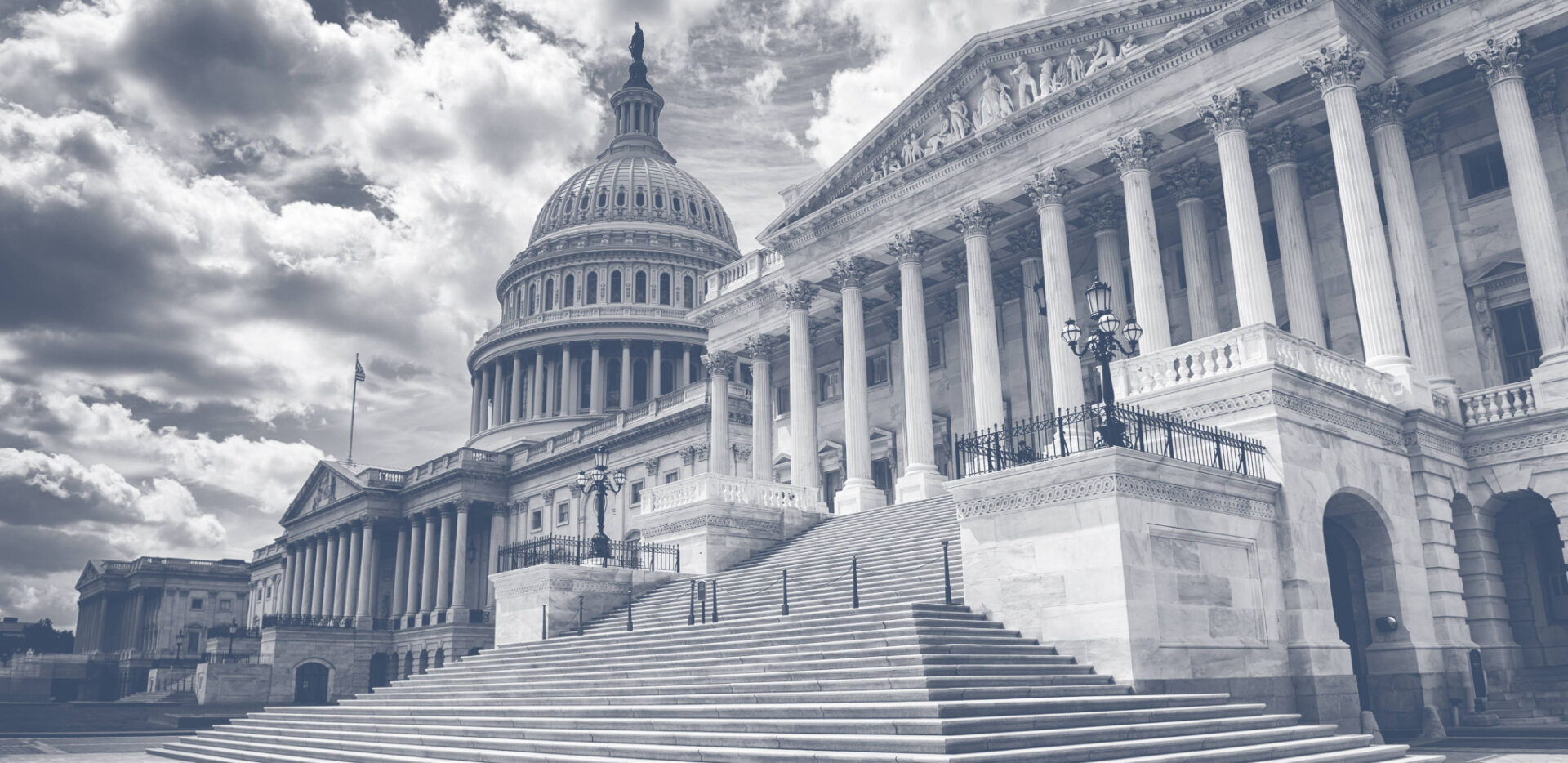It’s no secret that America is in the midst of a healthcare staffing crisis, particularly in rural areas and in hospitals with fewer resources. The Healthcare Provider Shortage Minimization Act seeks to address the crisis, by allowing locum tenens providers to continue filling staffing gaps for hospitals in need — without becoming employees while working at those hospitals.
Here’s everything you need to know about the Healthcare Provider Shortage Minimization Act:
What is the Healthcare Provider Shortage Minimization Act?
Introduced in 2023, the Healthcare Provider Shortage Minimization Act is a bi-partisan piece of legislation that seeks to codify locum tenens providers’ status as independent contractors. The bill was introduced to help address the growing healthcare shortage in the United States, by providing certainty around the locums classification. By solidifying locum tenens providers’ status as 1099 employees, the act will make it easier for them to continue providing necessary care to patients, in hospitals where they are needed most.
You can read more about the Healthcare Provider Shortage Minimization Act by looking up H.R. 5208 (IH) at govinfo.gov.
How does the Healthcare Provider Shortage Minimization Act actually impact the staffing crisis?
52,000 healthcare providers provide locums care to seven and a half million Americans every single year. These providers fill a huge gap in staffing for hospitals across the U.S., and this Act ensures that they can continue to do so.
The Association of American Medical Colleges (AAMC) estimates that the U.S. will face a shortage of up to 139,000 physicians and advanced practitioners by 2033. They also estimate that nearly one-third of physicians will retire in the next 10 years. Retired physicians often choose to work locum tenens, and removing their ability to operate as independent contractors will make it less likely that these physicians will be able to provide care to communities who need it.
With the current staffing shortages, hospitals cannot afford to lose locum tenens providers from the labor pool. And neither can their patients –– if providers are no longer able to practice as locum tenens, then hospitals who are underserved, or find themselves understaffed due to an emergency or other unforeseen circumstance, will be unable to provide care for their patients.
This is especially crucial when it comes to rural hospitals, who already suffer from a lack of permanent providers, and rely on locum tenens to continue operating and taking care of patients in their communities. Locum tenens allows us to tap into a broader talent pool, and bring providers to rural communities who are in need.
According to NALTO, the National Association of Locums Tenens Organizations, an estimated 88% of healthcare facilities nationwide utilize locum tenens. “As hospitals and medical clinics deal with staffing shortages,” NALTO states, “locum tenens are helping to deliver quality, uninterrupted healthcare nationwide.”
Why is the Healthcare Provider Shortage Minimization Act necessary?
Recently, there have been legislative efforts like California’s AB5, which was passed in 2019, to limit companies’ ability to rely on independent contractors. While the purpose of these laws may have been to ensure that workers receive fair compensation and benefits, unfortunately, they often don’t include the nuance that allows for specialized professions that depend on their independent contractor status.
Locum tenens physicians are one such example. Unlike many other gig workers, like drivers or food delivery workers, who these laws are intended to support, locums providers can often be full-time employees at one hospital, while occasionally filling staffing gaps at other facilities. For many of these providers, it’s important for them to maintain their full time job, while still being mobile enough to be able to move to different states and provide coverage where it is needed.
In order for locum tenens providers to be able to continue providing care for facilities who need them, their 1099 status as independent contractors is crucial, which is what the Healthcare Provider Minimization Act seeks to address.
Why is the Healthcare Provider Shortage Minimization Act coming up now?
Many states are currently considering passing laws similar to California’s AB5, as well as federal efforts like the PRO Act, which passed the U.S. House of Representatives in 2020 and 2021, but has yet to reach the U.S. Senate.
While California’s AB5 was eventually amended to include an exemption for locum tenens providers, the Healthcare Provider Shortage Minimization Act aims to exempt locum tenens providers from any similar legislation, by permanently codifying their 1099 status.
What can you do?
You can take action now by visiting this link to urge members of the U.S. Congress to pass the act.
NALTO has made it easy for you to support the Healthcare Provider Shortage Minimization Act. All you’ll need to do is provide your contact information, review their templated letter, and send the email. Your support will be sent directly to your congressional representative, urging them to support this proposal.





